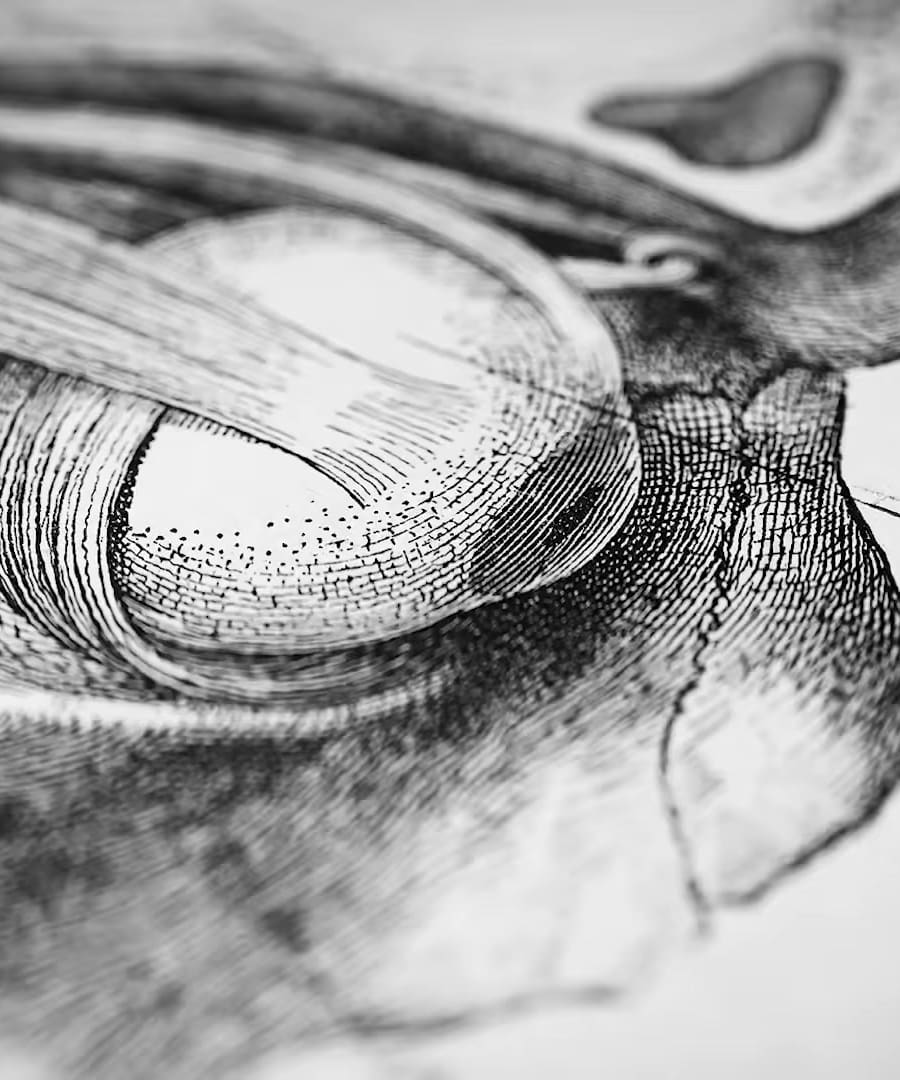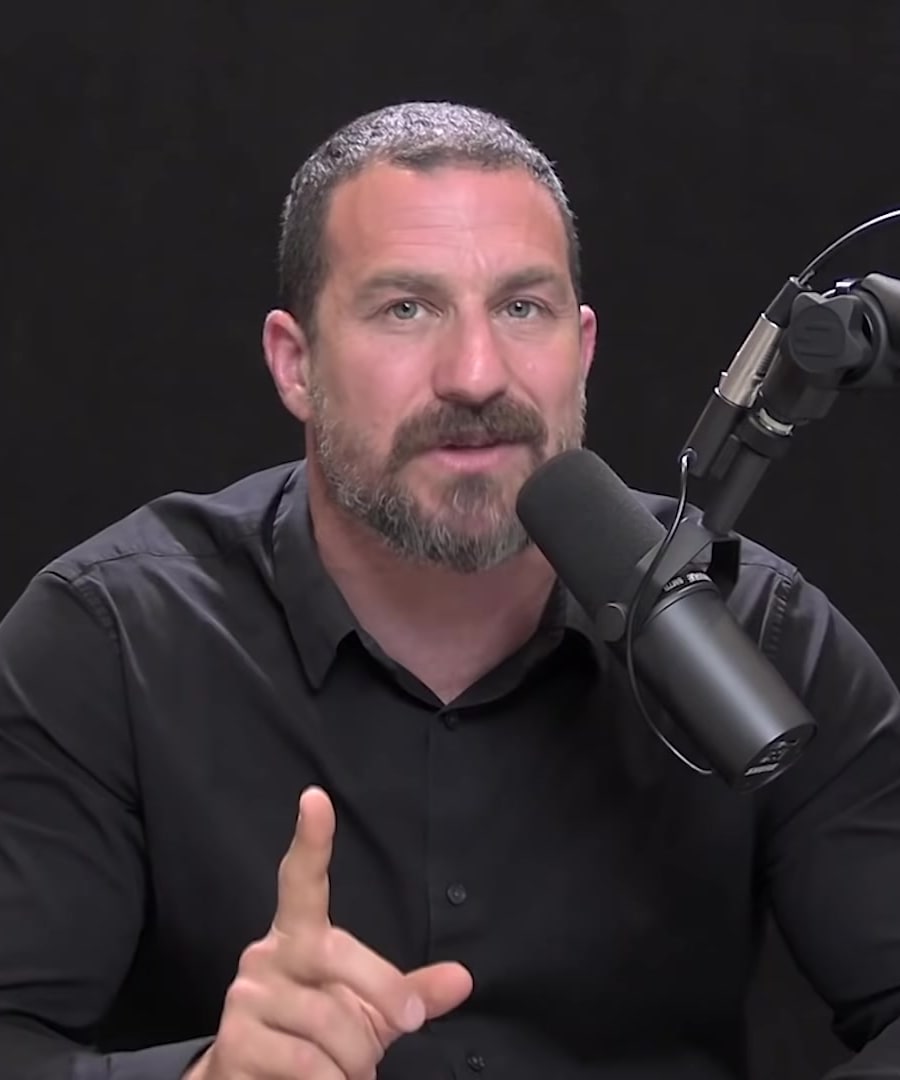Best process for fixing eyesight
Sources:
Improving eyesight can be approached through different methods, including surgical procedures like LASIK and through nutrition and supplementation. Here are two key processes as explained on the :
-
LASIK Surgery: This is a laser-assisted procedure that reshapes the cornea to correct vision issues like nearsightedness, farsightedness, and astigmatism. The technology of LASIK now also allows for the correction of higher order aberrations, which might even result in vision better than 20/20. It is, however, important to consult with an ophthalmologist to determine if LASIK is right for you and to understand the risks and benefits 1.
-
Nutrition and Supplementation: In terms of nutrition, there are certain supplements that have been shown through studies to help maintain eye health and slow the progression of conditions like macular degeneration. Examples include vitamin C, vitamin E, zinc, copper, and beta-carotene. These supplements act as antioxidants and contribute to the vitamin A pathway, which is crucial for eye health. It is essential to note that these findings are centered around moderation to severe ranges of dry macular degeneration and therefore may not apply to everyone 2.
Remember, establishing whether these procedures or supplements are suitable for you specifically should involve consultation with a healthcare provider.
-
List clips similar to "LASIK Surgery Explained"
Sources:
Here are some clips related to "LASIK Surgery Explained" from the :
-
LASIK Eye Surgery Description: Learn about the potential risks of dry eye after LASIK surgery, the advantages of LASIK over glasses, and why it's not recommended for children. Link to clip: [1]
-
Enhancing Vision Description: Discover the benefits and drawbacks of corrective lenses, the impact of sunlight on vision, and various tools and procedures for maintaining and improving eye health. Link to clip: [2]
-
Vision Protocols Description: Andrew discusses the importance of two vision protocols - near-far viewing exercises and spending two hours a day outside - to improve eyesight and offset myopia. Link to clip: [3]
These clips all cover topics closely related to vision correction, eye health, and the specifics of LASIK surgery, providing insights from both and his guests on the .
-
Exercise to improve eyesight
Sources:
There are several exercises and behaviors that has suggested on the to help improve eyesight:
-
Outdoor Time: Spending two hours a day outdoors without sunglasses can reduce the probability of developing myopia. Sunlight, particularly blue light during the day, is beneficial for eye health 1.
-
Near-Far Exercises: Also known as "pencil push-ups," where you focus on an object at arm's distance and then slowly bring it closer to your nose, maintaining focus, can help eye health as they exercise the ability to focus and accommodate over different distances 2.
-
Smooth Pursuit: Practicing smooth pursuit movements, where the eyes follow a moving object smoothly, can also benefit eye health 2.
-
Accommodation Practice: Bringing an object closer to the eyes until it starts to blur and then moving it back helps strengthen the accommodation mechanism. This exercise can potentially help preserve vision 3.
-
Eye Relaxation: Following the 45-5 rule, where after every 45 minutes of focused work, a person should spend at least five minutes relaxing their eyes, ideally by taking a walk outside or by relaxing their gaze indoors 4.
-
Eye Balance: For those with a dominant eye, covering the dominant eye temporarily each day can help balance the vision between both eyes. However, caution is recommended for younger individuals or those with eye imbalances 5.
-
Practice with a Snellen Chart: Placing a Snellen chart in your home to regularly practice reading letters from a set distance can help monitor and possibly improve visual acuity over time 6.
-
Self-Generated Optic Flow: Engaging in activities like walking or biking, where the movement is self-generated, can promote eye health and improve mood. This activity provides optic flow that is beneficial for the visual system 7.
-
Reading Glasses: For those needing corrective lenses, the advice is mixed regarding delaying the use of readers. While it may be beneficial in exercising the eye muscles, providing the retina and brain the sharpest visual signals possible is generally considered more important for enjoyment and functionality 8.
These exercises and tips aim to improve eye health and function, but it is always recommended to consult an eye care professional for personalized advice.
-
Exercise for eyesight
Sources:
To improve eyesight, suggests several exercises that engage different aspects of vision:
-
Accommodation Practice: This involves bringing an object closer to your eyes until it blurs, then moving it back out. Practice for a few minutes every other day, bringing something in close until it gets blurry, then moving it out again 1.
-
Near-Far Exercises (Pencil Push-ups): These involve looking at an object (like a pencil) at arm's length, then slowly moving it toward your nose while maintaining focus, and then moving it back out. Do 10 to 25 repetitions, maybe once or twice a day, a few times a week 2.
-
Practice Eye Balance: If you have a dominant eye, cover it temporarily each day to balance the vision between both eyes. For young children or those with eye imbalances, consult an ophthalmologist before attempting balance exercises 3.
-
Smooth Pursuit: Follow a moving object smoothly with your eyes. You can find smooth pursuit stimuli online to follow for a few minutes regularly 4.
-
Outdoor Time to Prevent Myopia: Spending at least two hours a day outdoors without sunglasses, allowing exposure to sunlight, particularly blue light, can significantly reduce the probability of developing myopia (nearsightedness) 5.
-
Self-Generated Optic Flow: Engage in self-generated movement like walking or biking, which is beneficial for the visual system as well as for mood regulation 6.
-
Relaxation and Distant Viewing: Spend at least 10 minutes a day viewing distant objects to relax the lens and eye musculature, which can also provide stress relief 7.
Before you start practicing these exercises, especially if you have any existing eye conditions, you should consult with an eye care professional, such as an ophthalmologist or optometrist, to ensure the safety and appropriateness of these exercises for your individual situation.
RELATED QUESTIONS-
Best process for fixing eyesight
List clips similar to "LASIK Surgery Explained"
Exercise to improve eyesight
Exercise for eyesight
- RELATED QUESTIONS














